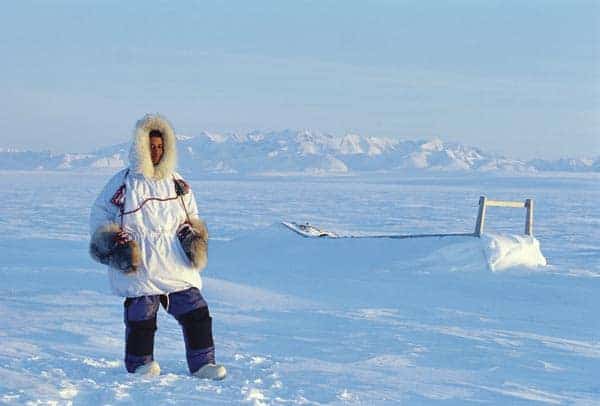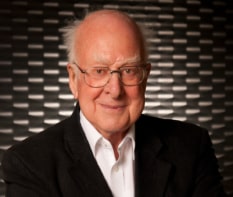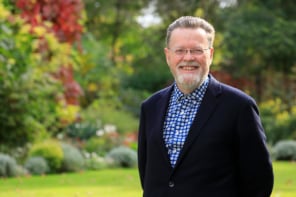Subhankar Banerjee is a photographer and activist whose work focuses on people, wildlife and environmental issues in the Arctic

Why did you originally choose to study engineering and physics?
I was born in Berhampore, a small town in West Bengal, India. I was immersed in literature and cinema from early in my life, and at 13 my great uncle introduced me to painting. But growing up in a middle-income family, art was not something I could pursue as a career. I chose science and engineering as a practical option.
How much did you enjoy the subject?
I studied electrical engineering as an undergraduate in India before doing physics and computer science as a graduate student in the US. However, it was always physics that intrigued and challenged me the most. I got bored with computer science so I switched to theoretical physics with a focus on particle physics and field theory. I immensely enjoyed theoretical physics as I could immerse myself in thought. I have difficulty memorizing things, so I found refuge in physics, where I could survive with thought rather than memory. Also, with physics, I felt closer to poetry and philosophy. During this time I attempted to continue in the arts by taking classes in painting and photography, only to abandon them due to the extreme pressure of studying physics.
What did you do when you left university?
After I got my Masters degrees in physics and computer science from New Mexico State University in 1994, I was offered a wonderful research position at the Advanced Computing Laboratory of the Los Alamos National Laboratory. The work involved using high-performance computers to solve problems in energy research. Later, I accepted a research position at the mathematics and computing technology division of Boeing in Seattle, Washington.
How did you get into photography?
During graduate studies in New Mexico, I fell in love with the wide open spaces of the desert. At the same time I started learning about land conservation through the Sierra Club, which is a grass-roots environmental organization. As outings chair of my local club, I led outdoor trips for students and community members. During this time I had an SLR Minolta camera and I took photos on trips across the American southwest.
What made you decide to become a full-time artist?
In Seattle I joined photography clubs at Boeing and also got involved in mountaineering. I started thinking about combining my passion for art and my concerns for disappearing land, wildlife and indigenous cultures. I left Boeing in 2000 to become a full-time artist, educator and activist.
Why did you choose to focus on the Arctic?
It was serendipitous. In late 2000 I went to Churchill in Manitoba, Canada, where most photographers go to see polar bears. I came back with decent photographs but having had a very disappointing experience — I would see a bear, and then eight large vehicles would converge on it with everyone happily snapping pictures. I wanted to find a place untrammelled by tourism or industry, and this eventually led me to the Alaskan Arctic. Also, I suppose opposites attract — coming from a tropical land, the Arctic had always intrigued me.
What are you working on at the moment?
Much of my work as a photographer and environmental activist is with the Inupiat people of Alaska and the Gwich’in people of Alaska and the Canadian Yukon. Most recently I started working with the Yukaghir and the Even people in the Siberian Arctic. Contrary to its established position as the “last frontier”, in my mind the Arctic is the most connected land on Earth. Hundreds of millions of birds migrate from every corner of the globe to the Arctic each spring to nest and rear their young — a planetary celebration on an epic scale that connects the Arctic to every land and ocean of the planet. On the other hand, climate change, toxin migration and resource wars connect the lives of Northern people and animals to the lives of people in faraway lands in a tragic manner.
Does your scientific background influence how you work now?
My scientific background has helped me immensely in understanding the Arctic ecology and preparing for harsh Arctic climates — both for personal survival and for photography in such conditions. But my Arctic work is also deeply influenced by philosophy, history and literature, including Rabindranath Tagore, Mahasweta Devi and other prominent writers from India, and films by Satyajit Ray, Mrinal Sen and Hrittik Ghatak. I approach the Arctic simply from the experience of “land as home” — a place that supports communities of our species and many other species with whom we share this planet.
Do you still keep up to date with physics?
I wish I could, but time is so limited. My only contact with physical theories is when I am trying to understand some aspect of a climatic theory or how toxins migrate from all over the world to the Arctic.
• To see some of Banerjee’s photographs, visit his website www.subhankarbanerjee.org


